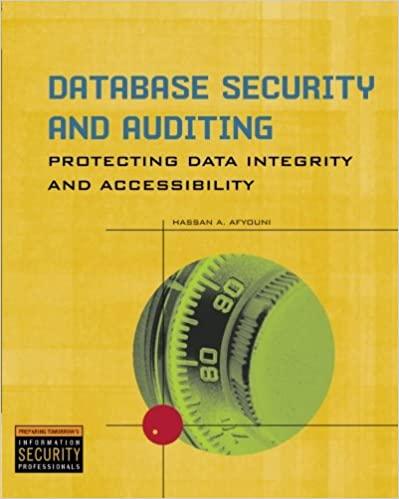Question
Assume the following with respect to the shareholder of a CCPC. View the assumptions. The corporation's business income for the year is $50,000. Any taxable
Assume the following with respect to the shareholder of a CCPC.
View the assumptions.
| The corporation's business income for the year is $50,000. | |
| Any taxable dividends paid are non-eligible dividends. | |
| The individual's marginal federal tax rate is 33% and his marginal provincial tax rate is 16%. | |
| The provincial dividend tax credit is equal to (4 13) of the gross up. | |
| The combined federal and provincial corporate tax rate is 17%. |
Required
Indicate, using these assumptions, whether integration is working perfectly. Briefly explain why this is the case. Also, discuss whether there is a possible deferral opportunity from incorporating even though integration may not be working properly.
While the provincial dividend tax credit is
above
at
below
the rate required for perfect integration, the combined corporate federal/provincial tax rate is
above
at
below
the rate that is required to achieve perfect integration.
Part 2
| What are the taxes on the income when flowed through a corporation? |
|
|---|---|
| What are the taxes on the income when earned directly by the individual? |
|
Part 3
It
is
is not
advisable to incorporate in this case. An argument can be made that
a tax deferral from incorporating
a tax deferral from not incorporating
taxes payable from incorporating
the business would provide the business with additional funds to grow, assuming there is no immediate need for these funds from the individual.
Part 4
| What tax deferral could the business get? |
|
Step by Step Solution
There are 3 Steps involved in it
Step: 1

Get Instant Access to Expert-Tailored Solutions
See step-by-step solutions with expert insights and AI powered tools for academic success
Step: 2

Step: 3

Ace Your Homework with AI
Get the answers you need in no time with our AI-driven, step-by-step assistance
Get Started


